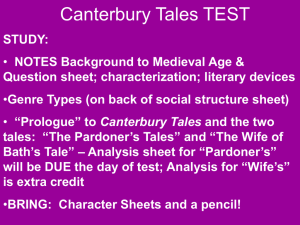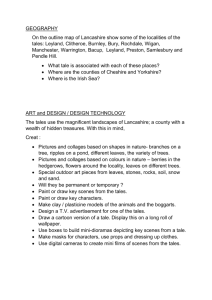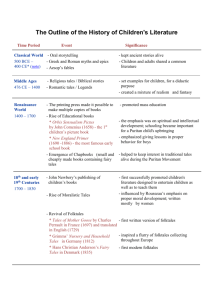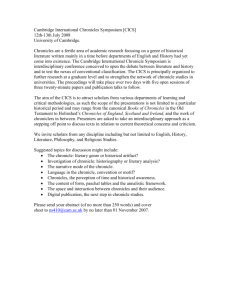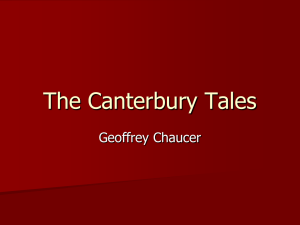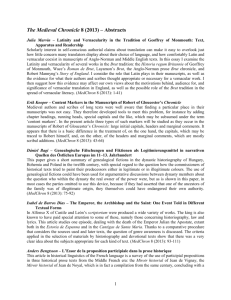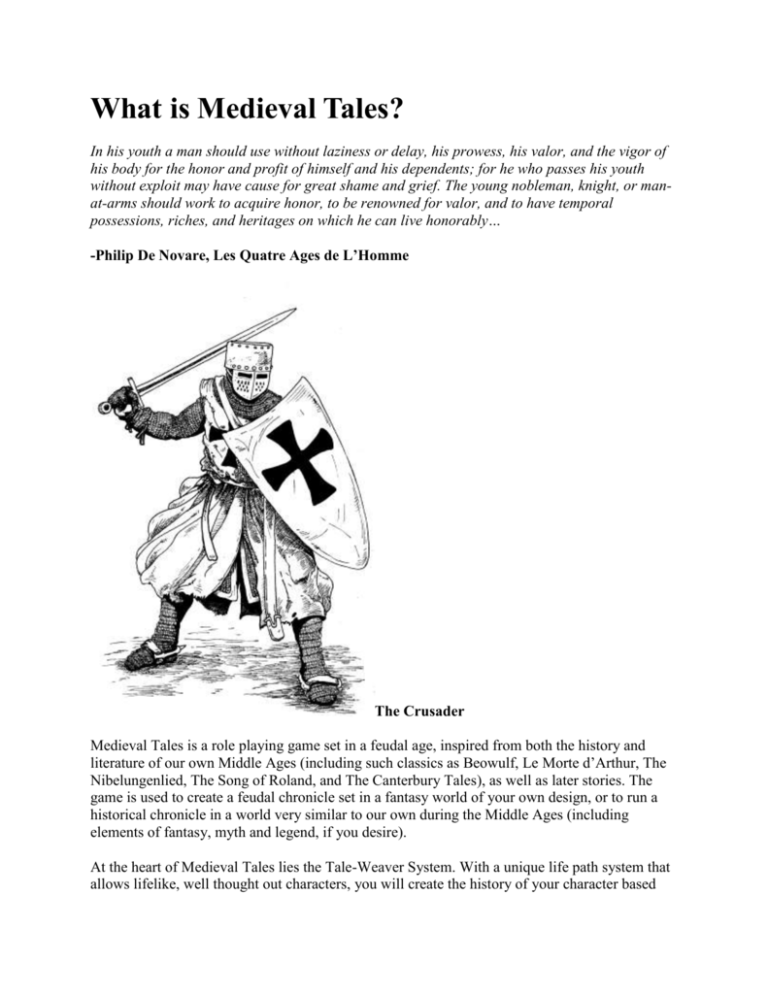
What is Medieval Tales?
In his youth a man should use without laziness or delay, his prowess, his valor, and the vigor of
his body for the honor and profit of himself and his dependents; for he who passes his youth
without exploit may have cause for great shame and grief. The young nobleman, knight, or manat-arms should work to acquire honor, to be renowned for valor, and to have temporal
possessions, riches, and heritages on which he can live honorably…
-Philip De Novare, Les Quatre Ages de L’Homme
The Crusader
Medieval Tales is a role playing game set in a feudal age, inspired from both the history and
literature of our own Middle Ages (including such classics as Beowulf, Le Morte d’Arthur, The
Nibelungenlied, The Song of Roland, and The Canterbury Tales), as well as later stories. The
game is used to create a feudal chronicle set in a fantasy world of your own design, or to run a
historical chronicle in a world very similar to our own during the Middle Ages (including
elements of fantasy, myth and legend, if you desire).
At the heart of Medieval Tales lies the Tale-Weaver System. With a unique life path system that
allows lifelike, well thought out characters, you will create the history of your character based
upon the Tales told of his life thus far. You will choose the tale of your character’s birth, youth,
and early adulthood. With over 30 Tales to choose from, and guidelines on how to design new
ones, characters can be created with ease and distinction quickly. As the chronicle advances and
your character increases in experience and renown, new stories will be told of your character’s
exploits and adventures, and add yet another tale to your character’s history.
Here are some of the features of Medieval Tales…
Over 30 fully illustrated Tales to be chosen as part of the character creation process, and
then through play as you advance in the chronicle. Each tale contains background
information, a list of keywords representing skills your character is familiar with, as well
as the trappings provided to one who has lived the tale before entering play. Also
provided are guidelines for creating your own tales.
Personal Qualities that each character possesses, representing their beliefs, passions, and
convictions. Your character is driven by his Qualities. They are what molded him into the
person he is today, and they are what motivate him into action. Qualities can also come to
your aid in times of need, however they also have a habit of getting into the way of things
as well, creating additional challenges to be overcome.
The Monk
An easy to learn d6 dice pool system. Whenever the outcome of an action is uncertain, an
ability test is made with the appropriate Attribute, plus any appropriate Tales, Qualities,
Specialties or Edges the character possesses. Your result is compared to a difficulty to
determine if the action was successful. The system is powerful, flexible, intuitive, and
quick to resolve, allowing the players to spend their time in the story, rather than the
rulebook.
The Siege Engineer
Characters advance as they achieve their own goals and destinies, fighting for their
beliefs, loves, and motivations. Game sessions revolve around moral questions, important
issues, and dilemmas deserving thought, bravery, or planning and skill.
A tactical combat system modeled on actual period fighting styles and techniques that
will place you right into the middle of the fight.
A magic system based upon the beliefs of the day, including three very different methods
of magic:
The Summoner
o
Witchery is the rural folk magic of the countryside, practiced by the cunning folk
found scattered in remote villages and hamlets across the land. They possess the
ability weave Charms that can aid or injure.
o Mysticism is an extraordinary gift practiced by a select few considered touched
by god. They wield the power to perform lesser miracles through their Charisms,
and are considered by many to be living saints.
o Goetica is the study and practice of treating with and controlling entities from the
other worlds, including the summoning of demons and angels.
A fully researched account of the High Medieval Period spanning the 11th to the 13th
centuries in Europe and the Middle East, strongly centered on the Angevin Empire
(England and its possessions in the British Isles and the Continent), and France during the
time of the early Plantagenet Kings (From the Anarchy and ascension of King Henry II to
the death of King John and its aftermath). It contains a full description of the countries,
kings, the church, and people of interest, along with plot hooks and suggestions for
playing a historical chronicle, or incorporating historical elements into a fantasy chronicle
of your own.
A Chapter dedicated to the master of the game, known as the Tale-Weaver. It’s the TaleWeaver’s duty to set up and run the chronicle that the players will be participating in.
Information is given on how to run different types of chronicles, from those set in the real
world to those set in a world of the Tale-Weaver’s creation, as well as different styles of
chronicles, such as those strictly grounded in reality, chronicles based upon of the myths
and legends of the time, horror chronicles, and chronicles that incorporate higher fantasy
elements, such as fantasy races and higher powered magic.
The Forester
Medieval Tales is set to release in the Summer of 2012, in both PDF and book format. Stay tuned
to www.medievaltales.net for more information about the game as we get closer to the release
date.
Tale-Weaver System is a trademark of Red Lion Publishing. All rights reserved.
Questions? Please contact info@redlionpublishing.com
Artwork created by Miguel Santos


